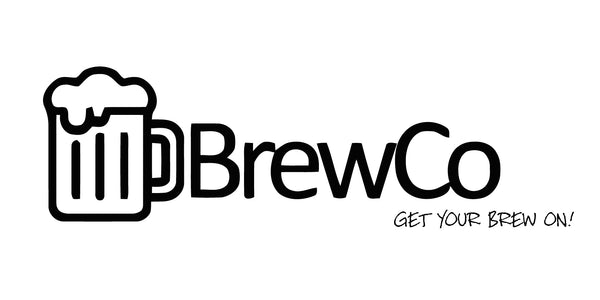Hydrometer vs Refractometer: How to Read Your Gravity Like a Pro
Share
Gravity readings are the backbone of fermentation control. Hydrometers and refractometers both measure sugar, but they work differently. This guide helps you know when to use each tool and how to interpret results for consistent outcomes.
What each tool measures
- Hydrometer: Measures gravity in a liquid by displacement; simple, reliable, and widely used for beer.
- Refractometer: Measures soluble sugar in a small drop with a light beam; uses a correction formula when used in fermenting must.
Pros and cons
- Hydrometer: Pros — affordable, straightforward; Cons — readings change as alcohol forms, need correction for fermentations.
- Refractometer: Pros — tiny sample sizes; Cons — needs correction for alcohol, more calculation.
Calibration tips
- Always calibrate with distilled water at 20°C (68°F) for accuracy.
- Use correction calculators or charts when reading a refractometer during active fermentation.
How to interpret readings
- Track gravity over time to confirm attenuation.
- Use consistent sampling locations and minimize air exposure to avoid skewed readings.
- Compare readings to target gravity for your beer style and adjust as needed.
Product picks and in-store links
- Hydrometer and accessories: https://brewco.uk/collections/equipment
- Refractometer: https://brewco.uk/collections/equipment
Final thoughts
- Both tools have their place—pick the one that fits your workflow and budget, and learn how to compensate for their quirks.
